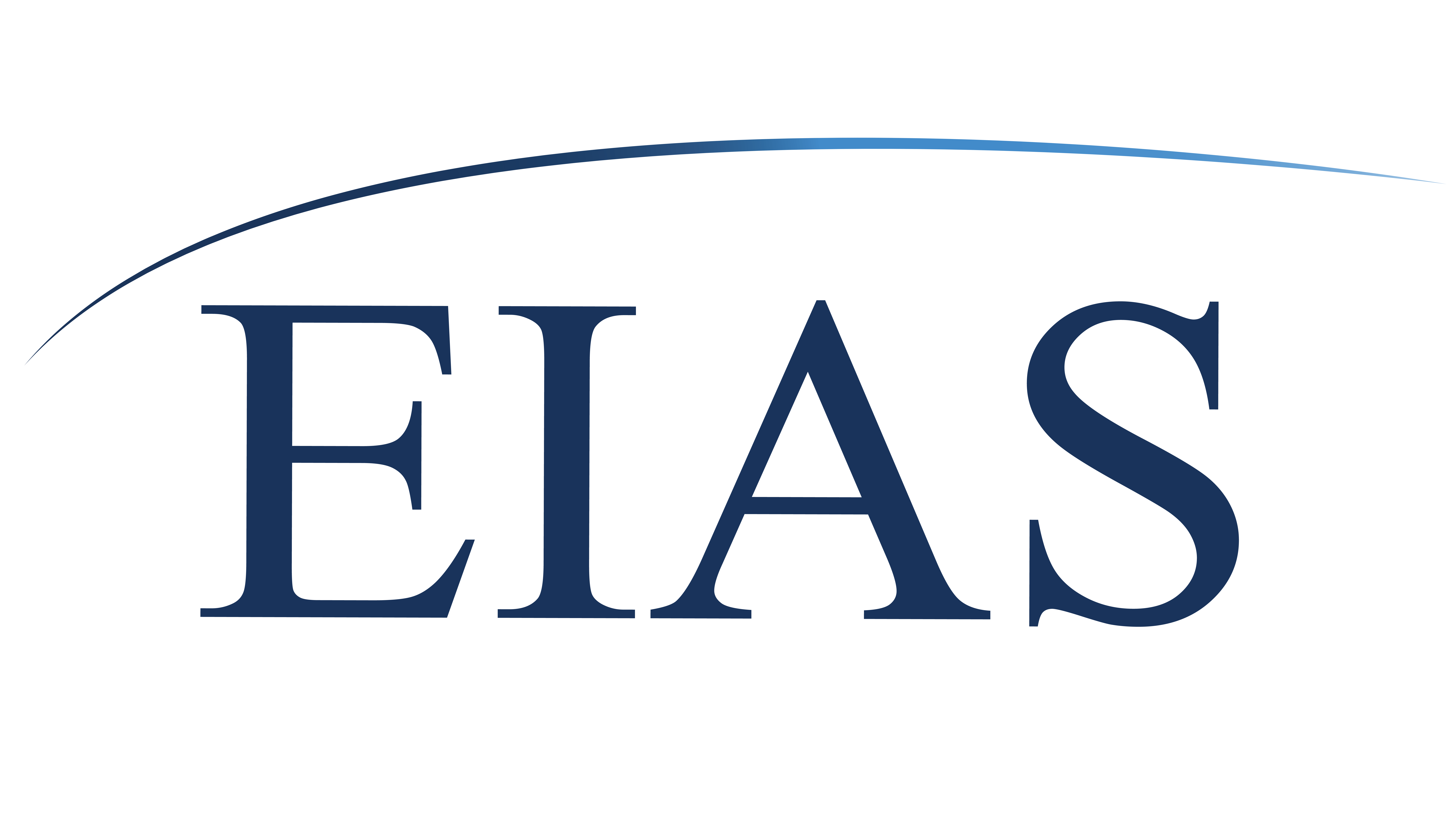In 2018, the EU unveiled its strategy for connecting Asia and Europe.
Since then, connectivity has not only become a cornerstone of the EU’s Indo-Pacific Strategy but also a frequently used buzzword in EU policy making. Recently, the EU articulated its determination to extend its connectivity efforts to Africa and Latin America, thus making EU connectivity a global aspiration.
This EIAS Briefing Paper begins with demystifying the EU’s connectivity concept and the rationale behind its increased interest on the matter. It continues by assessing how the EU Connectivity Strategy can be translated into actual action. By adding valuable knowledge and providing in-depth research on the potential obstacles and challenges concerning the implementation of the strategy, this study eventually concludes with the formulation of 16 concrete policy recommendations, related to (1) funding, (2) sustainable implementation, as well as (3) possible cooperation and competition with other paramount actors such as China or the United States. This research feeds into ongoing debates with tangible, practical insights, thus contributing to the successful implementation of the EU’s connectivity pledge across Europe, Asia and the globe.
Author: Manuel Widmann, Junior Researcher, EIAS
Photo Credits: Max Pixel, CC0 Public Domain License
